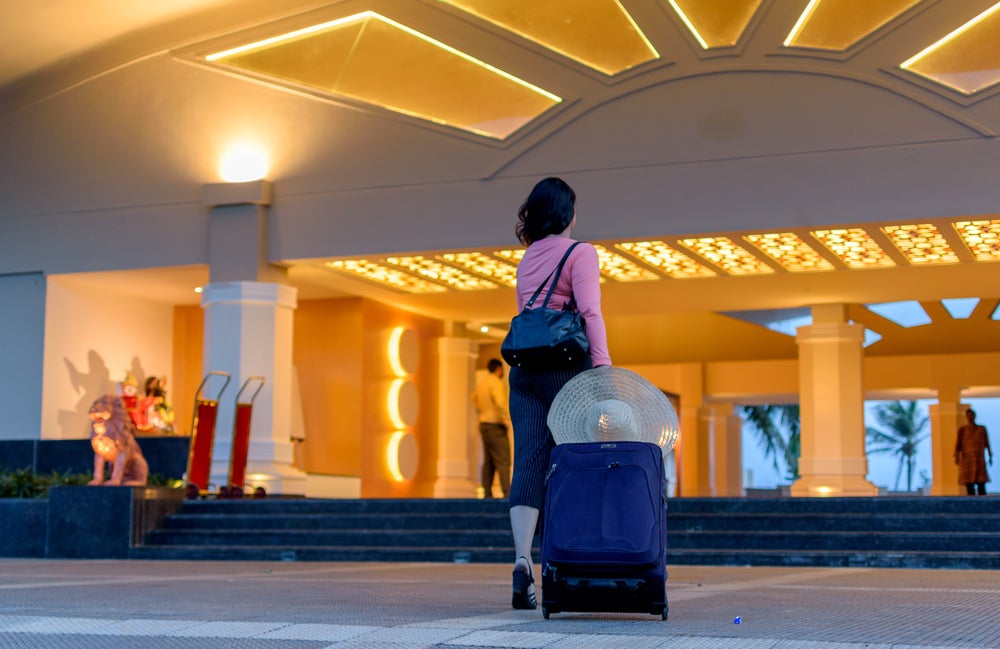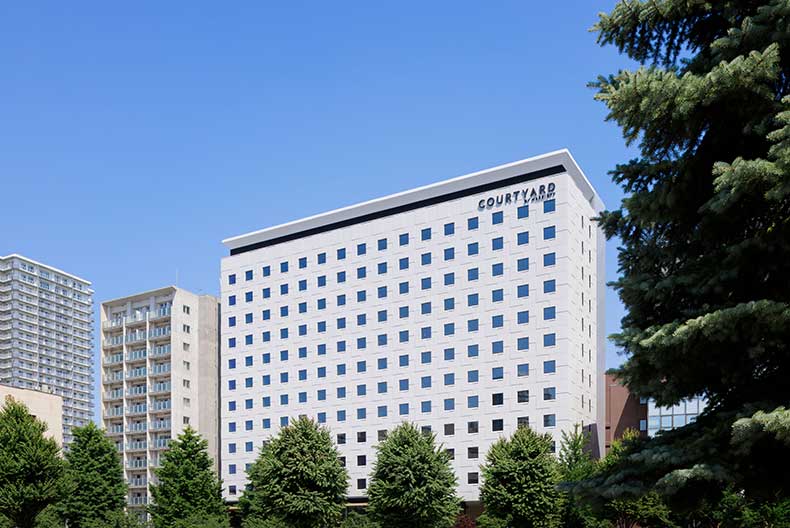
In response to the country’s soaring demand for hotel accommodation and record-high room rates, India’s largest hotel chains are rapidly expanding their portfolios.
In late June and early July 2023, a number of companies announced new development plans to capitalise on the buoyant market.
Hotel operators are witnessing a surge in demand that surpasses the available supply. In the first quarter of the fiscal year 2023-24, many top hotel operators have signed up new properties. Industry consultants estimate that between 100 and 150 hotels may have already been brought forward.
New developments and record signings by IHCL
Indian Hotels Co Ltd (IHCL), known for its Taj chain of hotels, has made significant strides in expanding its presence. In the first quarter of the fiscal year 2023-24, IHCL signed 11 new hotels in cities including Delhi, Gurgaon, Indore and Guwahati.
This is a remarkable increase compared to the 29 hotels signed throughout the entire fiscal year of 2020-21. IHCL aims to surpass its record year of 36 hotel signings and 16 new hotel openings from the fiscal year 2022-23.
Expanding beyond tier-one cities
Lemon Tree Hotels, another prominent player in the hotel industry, has adopted a strategy to target two to five-tier cities, going beyond the traditional tier-one cities. Tier one cities are those with the highest levels of development and have a population of 100,000 or more. Those with lower populations are categorised into three further tiers, ranging from tier two with populations of 50,000 to 99,999 people, to tier four, defined as “small towns or villages”.
How well do you really know your competitors?
Access the most comprehensive Company Profiles on the market, powered by GlobalData. Save hours of research. Gain competitive edge.

Thank you!
Your download email will arrive shortly
Not ready to buy yet? Download a free sample
We are confident about the unique quality of our Company Profiles. However, we want you to make the most beneficial decision for your business, so we offer a free sample that you can download by submitting the below form
By GlobalDataThe company plans to convert unbranded hotels to its franchise or manage them under its Keys or Premier hotel brand. Lemon Tree Hotels has experienced great success operating in tier two, three and four cities, as the network effect drives more customers from smaller cities to their hotels in bigger cities.
Growth opportunities in tiers two, three and four
The growth in tier two, three and four cities can be attributed to improvements in infrastructure and last-mile connectivity, making these locations more accessible. “Last-mile” is a term widely used in communications, signifying the last leg of any journey or delivery service.
Lower operational costs and the availability of cheaper workforce talent have also tempted organisations to expand their presence in these cities. Business travel and domestic leisure travel to “offbeat” destinations have increased since the pandemic, further driving the demand for quality hotels in these areas.
Lower-tiered cities dominate brand signings
The lack of quality hotel supply in tier two, three and four cities has made these locations increasingly attractive for hotel development. Major domestic and international hotel brands are also capitalising on this opportunity.
Data from consultancy HVS Anarock shows that in 2022, tier two, three, and four cities accounted for 86% of all brand signings, with 47% in tier three and four cities and 39% in tier two markets. Tier-one cities are becoming increasingly over-penetrated and lack large spaces for new hotels.
As the hotel industry in India experiences unprecedented growth, hotel chains are expanding their portfolios to meet the rising demand in tier two, three and four cities.
The focus on these locations is driven by factors such as improved infrastructure, increasing business and leisure travel, and the limited availability of space in tier-one cities.
With the rapid expansion of hotel chains, travellers can expect to find more options and improved hospitality experiences in emerging destinations across India.







